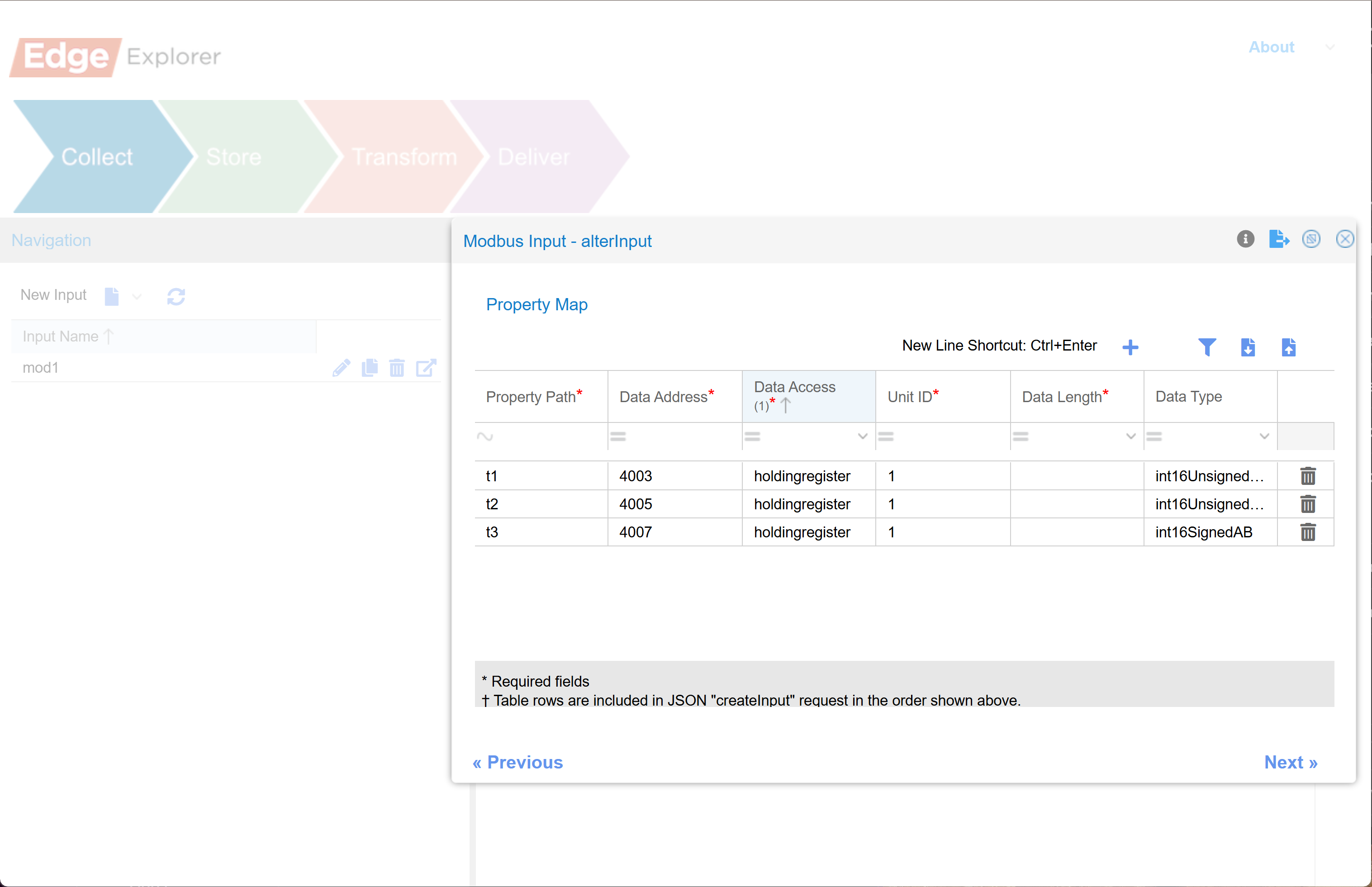FairCom Edge
FairCom Edge documentation home
Install FairCom Edge
FairCom Edge provides a graphical user interface that streamlines the process of collecting, storing, transforming, and delivering your data. To run the user interface, open a Google Chrome web browser and enter a URL like the following: https://localhost:8443/. As needed, change localhost to the server hostname where you installed FairCom Edge.
FairCom Edge is an IoT data integration platform designed to integrate OT, IoT, and IT data. It combines FairCom’s data transformation engine, MQTT broker, app server, database, and data collectors into a single executable. Furthermore, FairCom Edge collects data near the source, persists it locally, bridges OT, IoT, and IT protocols, and delivers data to and from the cloud. It does all this through simple configuration using the built-in browser-based UIs and JSON APIs. It bridges a variety of protocols including MQTT, OPC UA, Modbus, ThingWorx, SQL, and JSON APIs.

Quick links
Section | Description |
|---|---|
This section explains the concepts, internals, and architecture of FairCom Edge's engine, which provides data collection, data transforms, protocol bridging, and guaranteed data delivery. | |
This section provides tutorials for collecting data, transforming it, and delivering it to OT, IoT, and IT protocols. | |
The JSON MQ API is a jsonAction API that configures MQTT topics and broker forwarding. | |
The JSON DB API is a jsonAction API that manages and queries database data. It represents all data as JSON. | |
SQL is an industry standard for managing and querying database data. | |
ACE APIs enable C developers to build server-side data solutions with performance and capabilities that cannot be matched by commodity databases and other APIs. | |
FairCom's embedded MQTT broker receives and delivers MQTT messages. It supports MQTT 3.1.1 and MQTT 5 . | |
IoT connectors & transforms collect data from OT and IoT protocols, such as OPC UA and Modbus and they automatically transform collected data into JSON and bridge this data to other protocols, such as MQTT, SQL, and JSON APIs. | |
an IT connector delivers data to and from IT systems, such as SQL databases, ETL tools, applications using JSON APIs, and enterprise message brokers using MQTT plugins. | |
Cloud connectors deliver data to and from the cloud using MQTT and FairCom data replication. | |
Advanced Transforms include the enriching transform, reshaping transform, and reformatting transform, which help to process data as it is collected. | |
The Administration section contains information on installation and system administration. |
Helpful links
Don’t hesitate to contact us! We want you to be successful.
Visit our website at www.faircom.com.